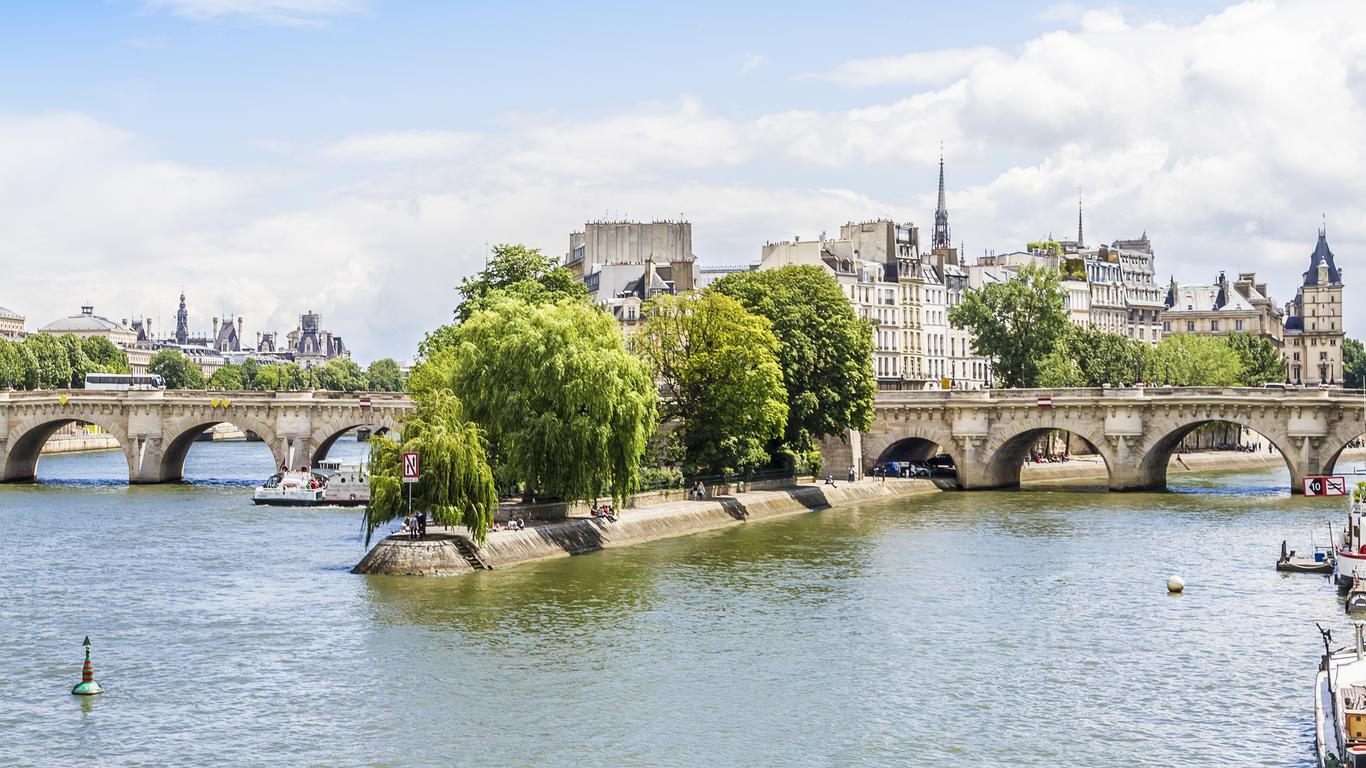Rising from the Seine River in the heart of Paris, the ship-shaped Ile de la Cite is home to the cathedral of Notre Dame, one of the world’s most famous religious icons and a Gothic architectural treasure. The island’s 6th century Pont Neuf bridge, carved with more than 250 stone masks, crosses the Seine River, creating the romantic ambience that defines Paris in many ways. History runs deep on Ile de la Cite, and it’s considered the epicentre of the entire city.
For tourists, Isle de la Cite is the perfect way to experience the Seine River. Take a boat ride or picnic along the banks before touring the ancient Notre Dame Cathedral and the famed rose windows, religious artefacts, Biblical depictions and the haunting statues of King Henry IV and Notre-Dame de Paris, Our Lady of Paris. The 13th century Sainte-Chapelle chapel, built for King Louis IX, glistens with stained glass, and the Crypte Archeologique Museum displays the city’s Roman ruins. Those with lots of energy climb the 387 stairs leading to the bell tower and its famous gargoyles.
Some visitors choose to walk over the Pont Neuf bridge to Isle de la Cite, but it’s easy to take the Metro for a direct drop-off on the island. It’s then possible to stroll on foot or take a taxi. The eastern parts of the Ile de la Cite, which includes Notre Dame, sit within the 4th arrondissement, known for walkable lanes, cosy cafes and interesting shops.
Ile de la Cite was the original home of the Parisi tribes of the Sequana River, now named the Seine. Likely the earliest settlement in Paris, the official “naval” of the city is commemorated on a bronze plaque in the cathedral square.





